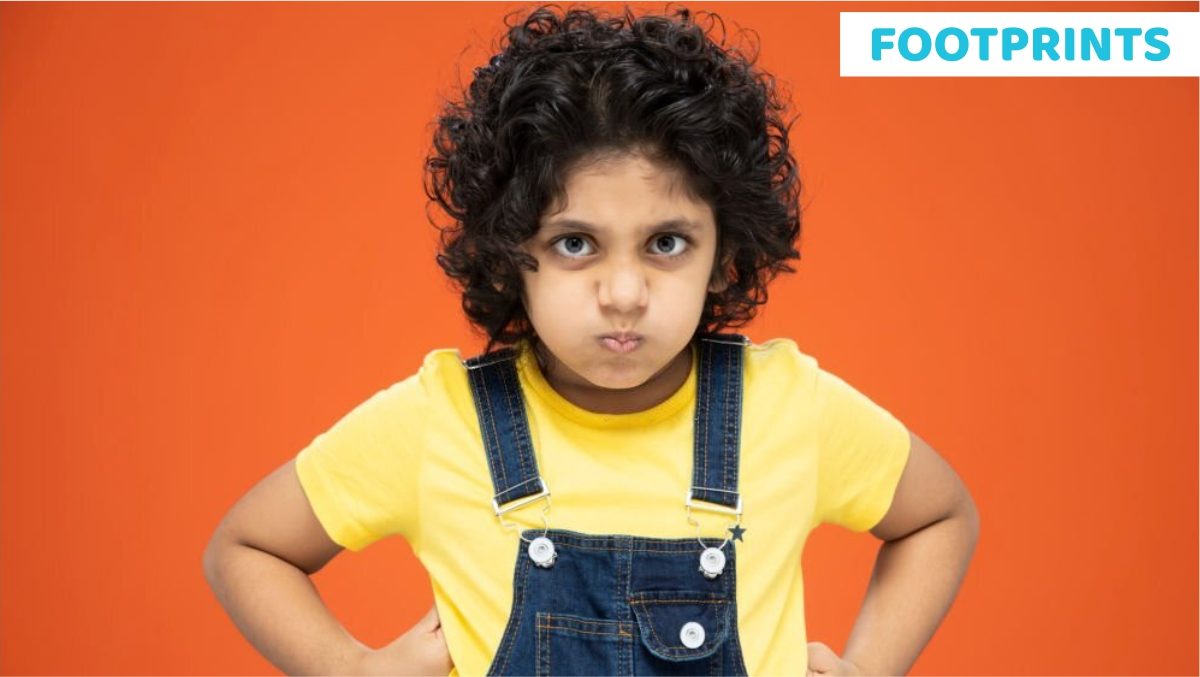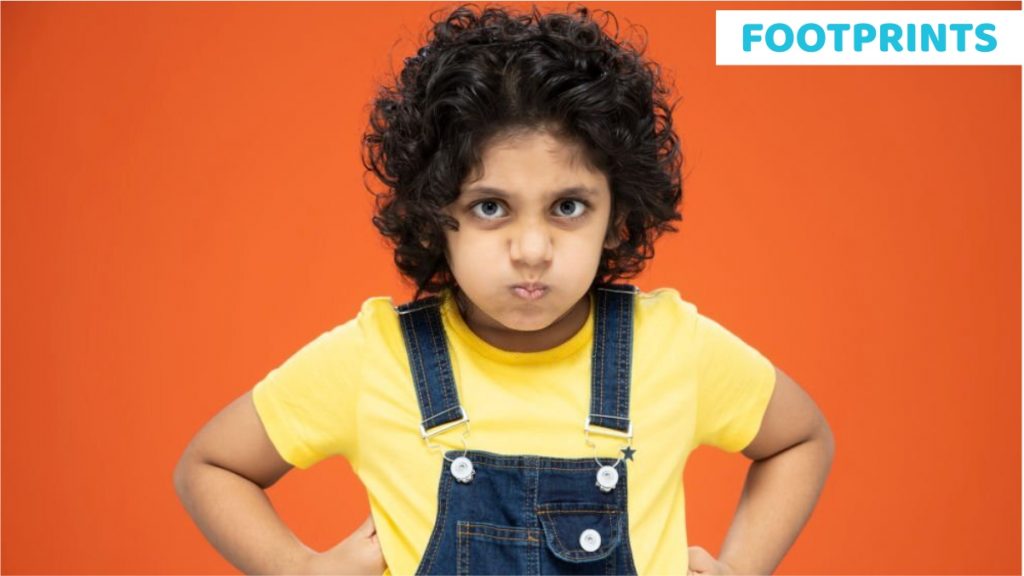
While anger isn’t a bad emotion per se, as parents it leaves us unsure of how to handle it. Often we land up trying to make the anger go away, when really what we need to do is to ensure that the child learns to process the feelings and channelize them constructively. Here are some suggestions from top play schools and do’s and don’ts that will help you in your parenting journey:

Do’s
Do validate the child’s feelings
What is most important for you to establish is that the feelings of anger are fine, however, the actions of lashing out aren’t. If you land up invalidating the child’s feelings, the anger will only intensify and find other not-so-congenial outlets. It is when the child does not need to defend his or her point of view to you that you can reach out to them and explain how they can react differently to situations.
Do set boundaries
No matter how justified the child’s emotions are, you need to set clear boundaries when it comes to his or her actions. So hitting, and throwing things need to be completely out of bounds.
Do teach anger management tools
Positive parenting involves teaching the child a host of anger management tools so that the child can channelize his or her anger. It could range from teaching simple things like counting to ten or deep breathing. You could also encourage the child to go for a run or simply sit in a quiet nook till the anger bout dissipates. Drawing and painting can also go a long way in helping the child deal with emotions. In fact teach the child to recognize his own anger cues, whether it is tensing of muscles, redness of the face, or any other cue. The faster the child learns to recognize the cues the better he can manage his anger.
Do teach problem-solving skills
Critical thinking and problem-solving skills are taught early to stand the child in good stead throughout life. Ensure to discuss age-appropriate situations with the child and ask for his opinion on what the child could do to tide over a certain situation. Armed with these skills the child is likely to use them rather than lash out at circumstances.
Do act as a role model
It will help to model good behavior in the face of disappointments. There is a lot a child can learn when he sees you handling situations in a certain manner. This, more than anything else will help him or her imbibe coping skills.
Don’ts
Don’t give in to the urge of having a meltdown yourself
It is easy to lash out at the child when he or she is having a meltdown. It is important, however, to model good behavior and remain calm. It is your calmness that allows the child to feel secure through the sea of emotions.
Don’t negate your child’s feelings
It is easy to tell the child to ‘ stop crying” or not to make a big deal about something small. Instead, recognize the child’s emotions. It may work well to tell the child how he must be feeling upset about a friend not sharing a toy with him. However, it is important to emphasize that it is not okay to hit a friend.
Don’t resort to time-outs
Again you may be tempted to resort to a time-out for the child’s bad behavior. It rarely works. If anything, the isolation leads to reduced self-esteem which in turn may lead to bad behavior. Instead, it is a good idea to sit with the child and discuss his emotions and help him or her through anger management techniques.
Don’t label or shame the child
You may be tempted to shame the child or label him for his anger bouts. Remember though that labeling can go a long way in negatively impacting the child. Instead remember that the problem isn’t the child, just the way he or she is managing the anger.
Above everything, be patient while dealing with the child. Help them to understand their feelings, reinforce that no feelings are bad, and assist them to deal with them appropriately.

Amita is an experienced educator with over 30 years of experience. She has an outstanding understanding of child development, having worked with various age groups for prestigious businesses. She has been dedicated to handling Footprints’s Curriculum and Delivery department for the past decade. Amita’s credentials include being one of India’s few HighScope Curriculum certified trainers and volunteering as a course leader for Landmark Education, the world’s largest training firm.

